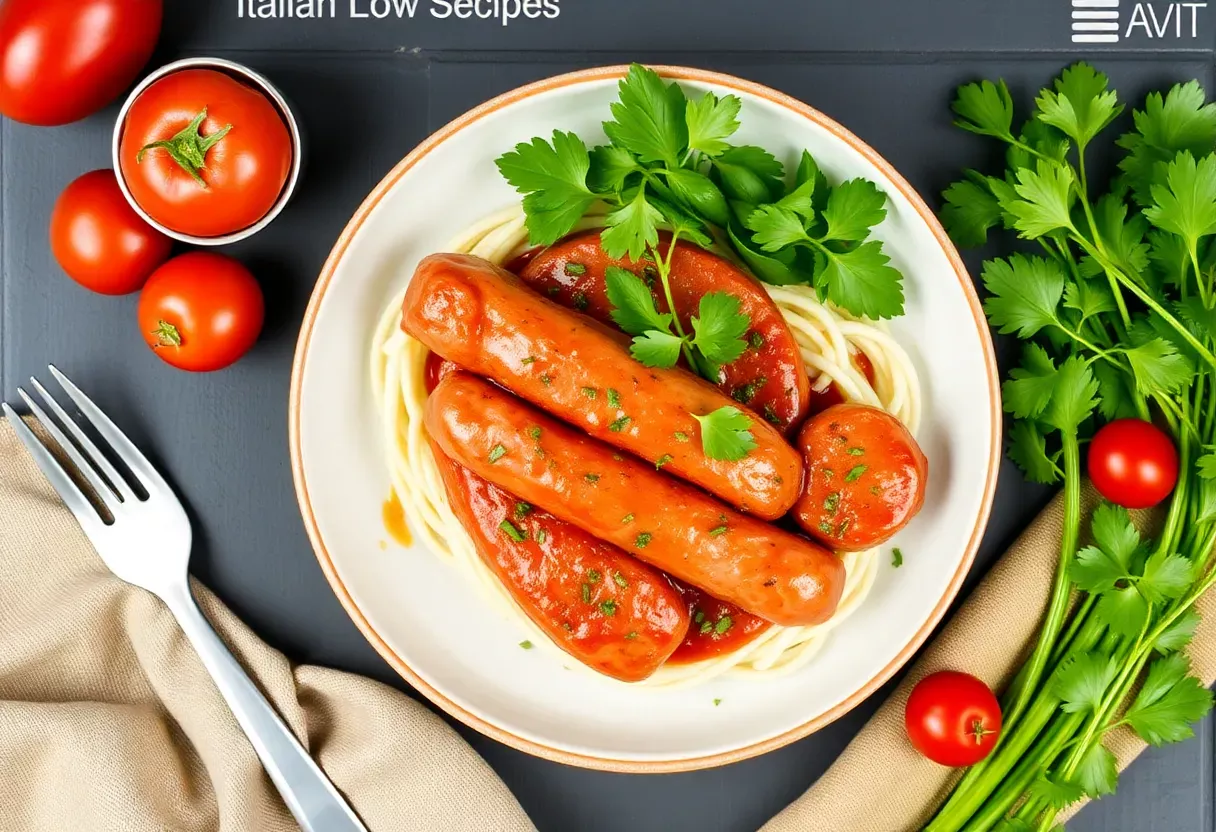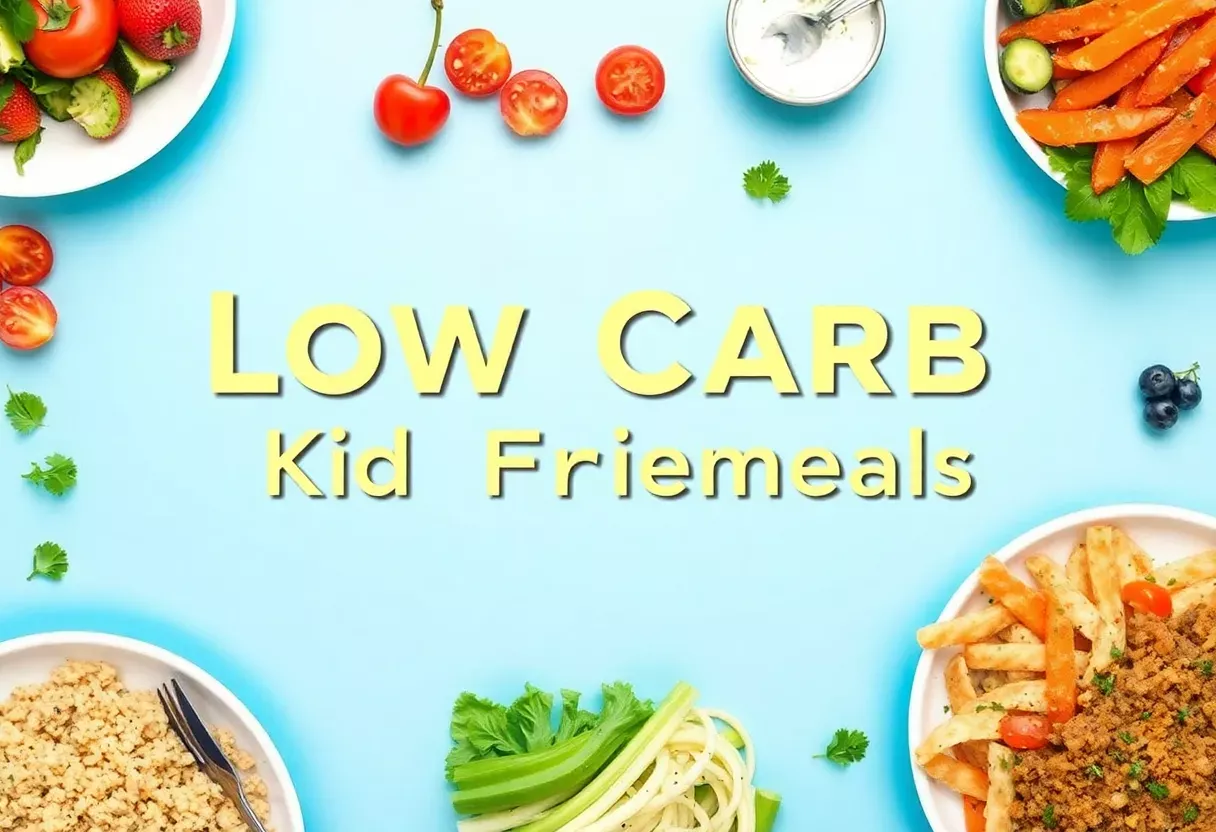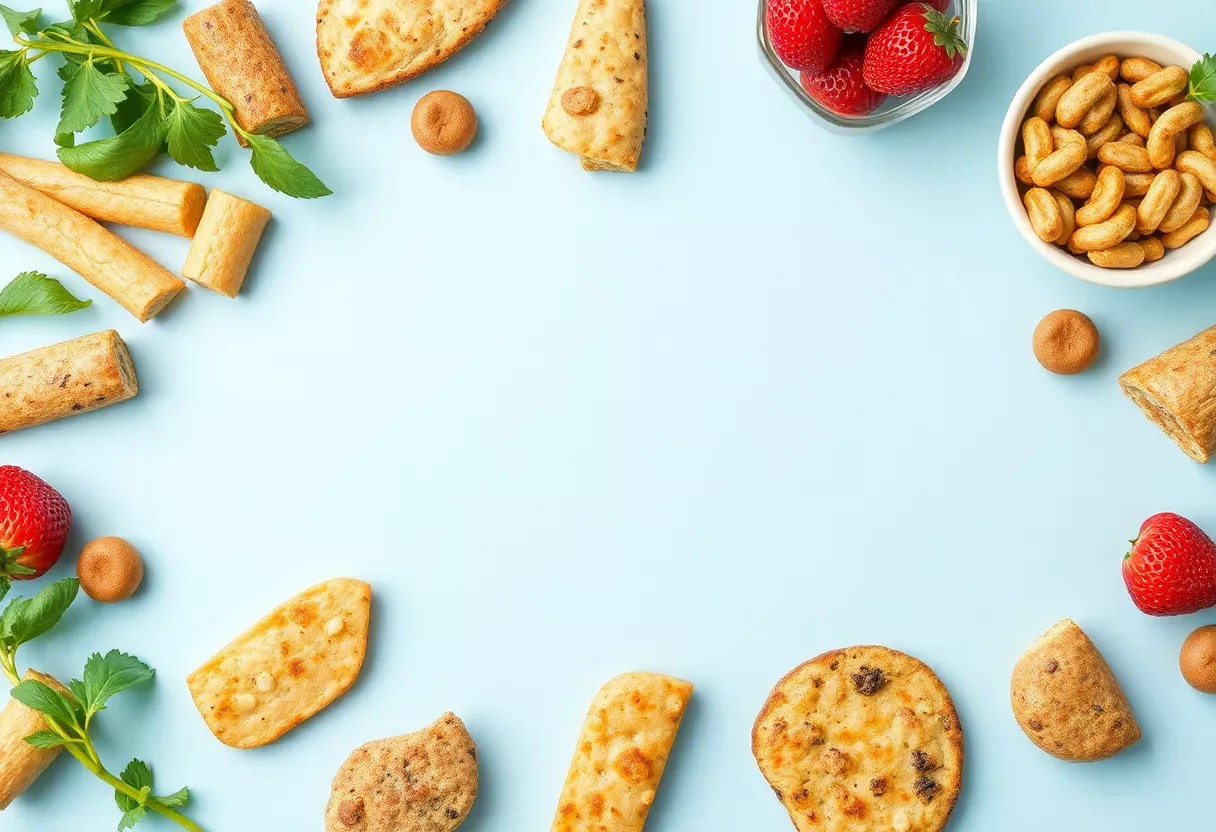You want to lose fat without starving? Good news: a low-carb diet lets you eat delicious food while shredding pounds. No more bland salads or sad rice cakes.
This isn’t a diet—it’s a hack. Carbs are the enemy? Not always, but cutting the wrong ones turns your body into a fat-burning machine.
Ready to eat bacon, cheese, and still drop a size? Here’s your ultimate low-carb food list. No fluff, just results.
Why This Food List Works
This isn’t some restrictive torture plan.
A low-carb diet slashes insulin spikes, crushes cravings, and forces your body to burn fat for fuel. You’ll eat real, satisfying food—no “diet” cardboard. Plus, research shows low-carb diets outperform low-fat ones for weight loss.
Who knew eating butter could be a strategy?
The Ultimate Low-Carb Food List
Proteins:
- Eggs (the ultimate cheap protein)
- Chicken (thighs > breasts, fight me)
- Beef (grass-fed if you’re fancy)
- Pork (bacon is basically a health food now)
- Fish (salmon, tuna, sardines—get those omega-3s)
Vegetables (Low-Carb Royalty):
- Spinach (Popeye was onto something)
- Broccoli (tastes better with cheese)
- Zucchini (spiralize it, pretend it’s pasta)
- Cauliflower (rice, mash, pizza crust—this veggie’s overachieving)
- Avocado (yes, it’s a fruit, but we’re not counting)
Fats (Embrace Them):
- Butter (real stuff, not margarine nonsense)
- Olive oil (liquid gold)
- Coconut oil (tropical vibes)
- Cheese (because life’s too short)
- Nuts (almonds, walnuts—just not the candy-coated ones)
How to Build a Low-Carb Meal: Step-by-Step
- Pick a protein. Chicken, beef, fish—whatever’s on sale or in your fridge.
- Add low-carb veggies. Half your plate should be greens or cruciferous warriors like broccoli.
- Drown it in healthy fats. Olive oil, butter, avocado—this keeps you full.
- Season like you mean it. Salt, pepper, garlic, hot sauce. Flavor is free calories.
- Skip the bread. Seriously. Use lettuce wraps or just eat with a fork.
Storage Tips to Keep Food Fresh
Meal prep like a pro: cooked proteins last 3–4 days in the fridge.
Veggies? Store them raw in airtight containers—they’ll stay crisp longer. Nuts and oils belong in a cool, dark place (not your car).
Freeze extra meat if you won’t use it fast. FYI, frozen spinach works just as well as fresh in scrambles.
Benefits of a Low-Carb Diet
Beyond weight loss, low-carb eating stabilizes blood sugar, reduces inflammation, and boosts energy. No more 3 PM crashes.
You’ll also sleep better and think clearer. And let’s be real—bacon for breakfast feels like cheating, even when it’s not.
Common Mistakes to Avoid
- Ignoring electrolytes. Low-carb diets flush water—add salt, potassium, and magnesium.
- Overdoing protein. Too much turns into glucose. Balance it with fat.
- Eating “low-carb” junk. Those processed bars?
Probably garbage.
- Not drinking water. Dehydration feels like hunger. Chug first, snack later.
Alternatives for Picky Eaters
Hate cauliflower rice? Try shredded cabbage.
Dairy-free? Swap cheese for nutritional yeast. Vegetarian?
Tofu and tempeh work, but watch for hidden carbs. IMO, the goal is sustainability—find what you’ll actually eat.
FAQs
Can I eat fruit on a low-carb diet?
Some berries (raspberries, blackberries) are fine in small amounts. Bananas and grapes?
Basically candy. Proceed with caution.
How many carbs should I eat per day?
Under 50g keeps most people in ketosis. Under 100g still works for weight loss if you’re active.
Will I lose muscle on low-carb?
Not if you eat enough protein and lift weights.
Carbs aren’t magical muscle protectors.
Is keto the same as low-carb?
Keto is stricter (under 20g carbs) and includes high fat. Low-carb is more flexible—choose your adventure.
Final Thoughts
A low-carb diet isn’t about deprivation—it’s about smarter choices. Eat real food, ditch the sugar, and watch your body transform.
And if you “cheat”? Just skip the guilt and get back on track. Now go fry some eggs in butter and thank me later.






